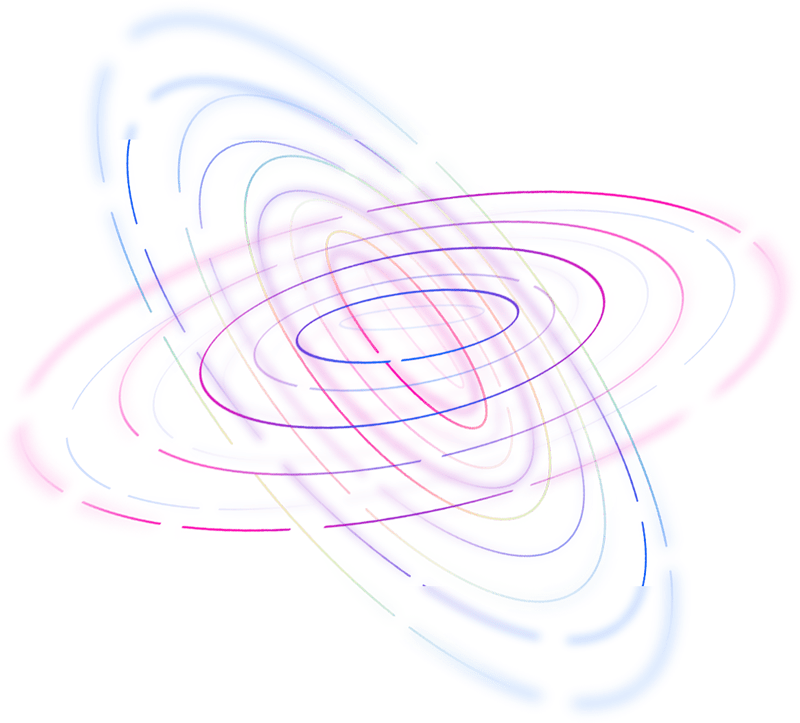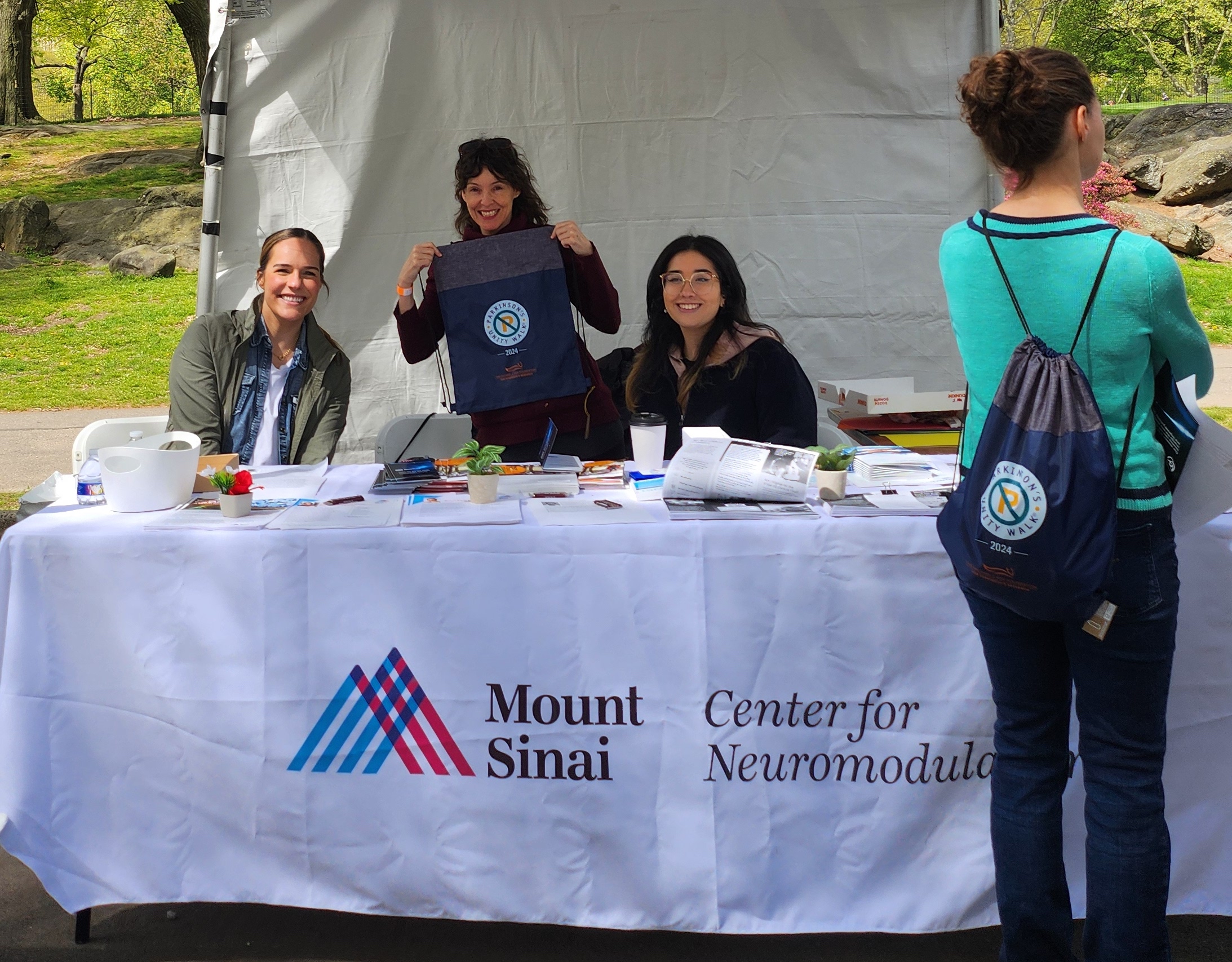
Psychophysiological Research in a Surgical Neuromodulation Treatment Center
The mission of the Waters Lab is to help people make needed change in their lives through the development of individualized brain read-outs that are informative to care. Our primary method of inquiry is brain electrophysiology and related analytic strategies, applied to brain circuit dysfunction and associated psychiatric symptoms.
Our group is embedded in the Center for Advanced Circuit Therapeutics where the shared mission is to advance treatment with deep brain stimulation for psychiatric and neurological indications, including treatment resistant depression, obsessive-compulsive disorder, Tourette syndrome, Parkinson’s disease, and other conditions.
The Nash Family Center for Advanced Circuit Therapeutics
The Nash Family Center for Advanced Circuit Therapeutics (C-ACT) at Mount Sinai West is at the forefront of transforming treatment options for those with neuropsychiatric disorders that don’t respond well to traditional medications.
Our research center specializes in deep brain stimulation (DBS) and other advanced therapies for a range of conditions, including movement disorders, obsessive-compulsive disorder, and depression. By bringing together an interdisciplinary team of experts—from neurosurgeons and neurologists to psychologists and data scientists—C-ACT is dedicated to developing personalized, innovative neuromodulation treatments to improve the lives of patients and their families.
Behavioral Medicine to Enhance Outcomes with Neuromodulation
We are excited to launch a new service for adults with tic disorders: Comprehensive Behavioral Intervention for Tics (CBIT). This evidence-based program empowers individuals to manage their tics through specialized techniques, including habit-reversal training. CBIT offers more than just therapy; it's an opportunity for participants to engage in research, helping to refine and enhance treatment for tic disorders and OCD.


Center for Neuromodulation
The Center for Neuromodulation at Mount Sinai uses advanced techniques like deep brain stimulation, transcranial magnetic stimulation, and vagus nerve stimulation, combined with electrical currents and medications, to effectively treat nervous system disorders. Our integrated team of experts in neurosurgery, neurology, psychiatry, and neurosciences works together to tailor treatments to the unique needs of each patient. This approach not only reduces symptom severity but also enhances engagement with rehabilitative activities, improving overall quality of life.

